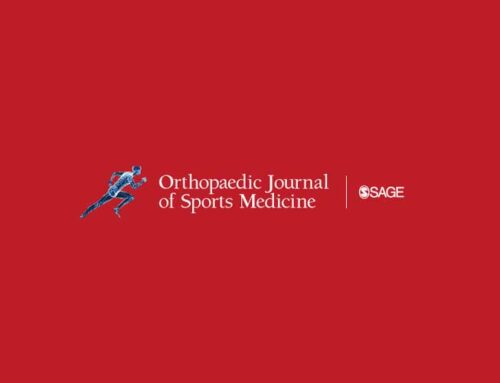PURPOSE:
The purpose of this study was to evaluate how patient satisfaction after surgical femoroacetabular impingement (FAI) treatment is measured and reported in the current evidence base.
METHODS:
A review of the MEDLINE database was performed. Clinical outcome studies of FAI that reported a measure of patient satisfaction were included. Patient demographics, clinical outcome scores, and patient satisfaction measures were extracted. The NewCastle Ottawa Scale (NOS) was used to grade quality. Statistical analysis was primarily descriptive.
RESULTS:
Twenty-six studies met inclusion criteria; the mean NOS score among included studies was 5.7. Most studies were level 3 or 4 (n = 25, 96.1%). A 0 to 10 numeric scale, described by some studies as a visual analog scale, was the most commonly used method to assess satisfaction (n = 21; 80.8%), and mean reported scores ranged from 6.8 to 9.2 out of 10. Four studies (15.4%) used an ordinal scale, and 1 study (3.8%) used willingness to undergo surgery again as the measure of satisfaction. None of the included studies assessed preoperative satisfaction or patient expectation. Pooled cohort analysis was limited by significant overlapping study populations. Predictors of patients’ satisfaction identified in included studies were presence of arthritis and postoperative outcome scores.
CONCLUSIONS:
Patient satisfaction was not uniformly assessed in the literature. Most studies used a 0- to 10-point satisfaction scale, but none distinguished between the process of care and the outcome of care. Although satisfaction scores were generally high, the quality of the methodologies in the studies that reported satisfaction was low, and the studies likely included overlapping patient populations. More work needs to be done to develop standardized ways for assessing patient satisfaction after arthroscopic hip surgery and other procedures in orthopaedic sports medicine.
LEVEL OF EVIDENCE:
Level III, systematic review of Level III studies.
View: Patient Satisfaction Reporting for the Treatment of Femoroacetabular Impingement



